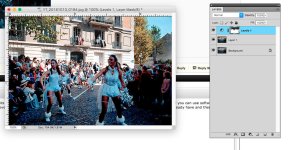wordlesstu
Senior Member
Hi everyone,
I have two questions. I used Nikon D750 to shoot and I use lens hood attached to my lens. However, there are times the photo shows a dark edge in the corner of the photo. Can anyone advise what cause the dark edge?
1. Dark Edge in the corner of the photo

2. No dark edge

The other issue I have is the exposure. I was shooting in a bright day light and used matrix metering mode. But the background is over exposed. Can any one provide tips for getting the right exposure for both the subject and background?
1. Situation 1: Background overexposed

2. Situation 2: Subject underexposed but background is proper exposed.

Your feedback is appreciated. Thank you!
I have two questions. I used Nikon D750 to shoot and I use lens hood attached to my lens. However, there are times the photo shows a dark edge in the corner of the photo. Can anyone advise what cause the dark edge?
1. Dark Edge in the corner of the photo

2. No dark edge

The other issue I have is the exposure. I was shooting in a bright day light and used matrix metering mode. But the background is over exposed. Can any one provide tips for getting the right exposure for both the subject and background?
1. Situation 1: Background overexposed

2. Situation 2: Subject underexposed but background is proper exposed.

Your feedback is appreciated. Thank you!
Last edited:

